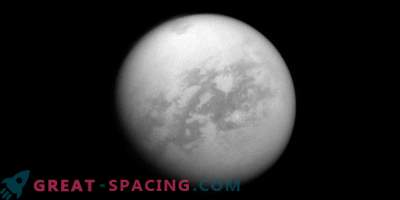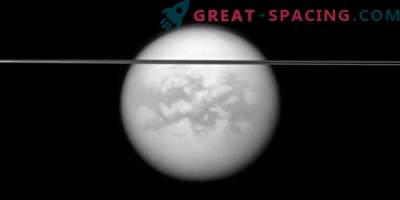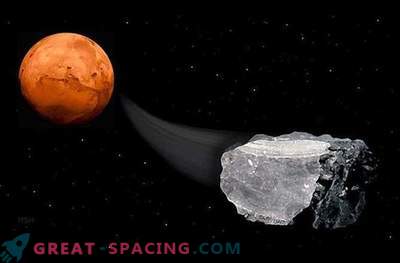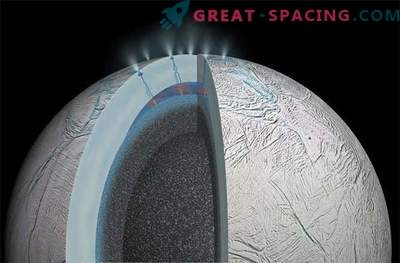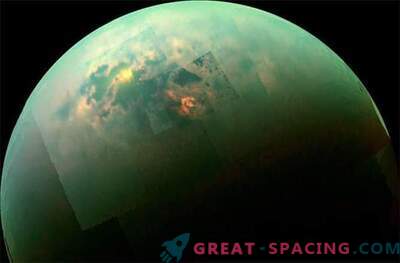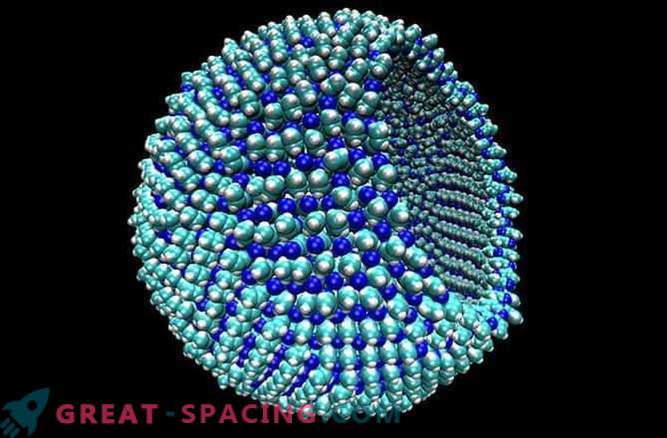
For the first time, chemical engineers took a different look at a question that bothers astronomers and biologists for decades: is there life on the satellite of Saturn Titan?
Of course, Titan is too hostile world for the existence of life in the form in which we represent it. This cold world is filled with methane, ethane and other harmful substances in the atmosphere. But what if there is another type of biology that we do not know?
As a rule, astrobiologists use knowledge of the Earth's biosphere and interpret them to other stars with exoplanets, in the hope that some of them have similarities with the Earth. Looking at a small rocky exoplanet rotating inside the residential zone of the parent star, we are looking for a “second Earth” where, at least, there may be liquid water. Where there is liquid water on Earth, life inevitably also exists, so scientists in search of extraterrestrial life are trying to find water first.
However, Titan does not fall into this category. Therefore, chemical molecular dynamics expert Paulett Clancy and graduate student in chemical engineering James Stevenson of Cornell University, Ithaca, New York, looked at Titan in a different light and created a theoretical model of methane-based oxygen-free life that can flourish in this environment. We are not aware of the prototypes of such a life on Earth, but researchers have studied which chemicals are abundant on Titan and have developed a completely different kind of life that could have originated there.
In a February 27 study in Science Advances, Clancy and Stephenson focused on a building cell membrane consisting of a small organic nitrogen compound that can function in liquid methane at a temperature of 292 degrees below zero (Fahrenheit, or 94 Kelvin). On Earth, water-containing molecules form a phospholipid bilayer membrane, which forms a “protective shell” around the cells, inside which the cell remains safe.
Researchers were able to model an ideal cell that can do everything that a living cell can do (meaning metabolism and reproduction), but it was built from nitrogen, carbon and hydrogen - molecules that are known to exist in the seas of liquid methane on Titan .
Thus, the next mission should be aimed at studying the seas of Titan, for sampling chemical compounds.


